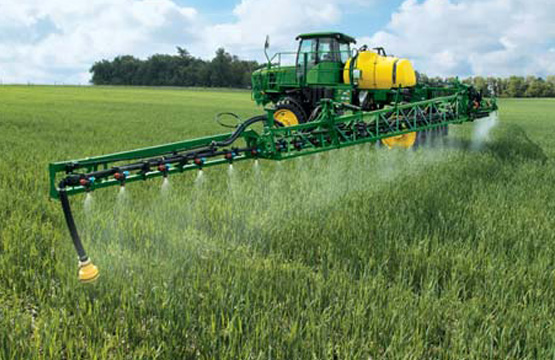Agriculture Solutions

Introduction
Balancing the inputs and outputs on a farm is fundamental to its success and profitability. The ability of GIS to analyze and visualize agricultural environments and workflows has proven to be very beneficial to those involved in the farming industry.
From mobile GIS in the field to the scientific analysis of production data at the farm manager's office, GIS is playing an increasing role in agriculture production throughout the world by helping farmers increase production, reduce costs, and manage their land more efficiently.


GIS technologies support people working in agriculture by providing
 Greater analytical support for precision farming
Greater analytical support for precision farming
 Better understanding of risk factors
Better understanding of risk factors
 Higher revenue generation and cost recovery
Higher revenue generation and cost recovery
 Greater efficiency through task automation
Greater efficiency through task automation
 Greater access to government services and data
Greater access to government services and data
 More accurate support for decision making
More accurate support for decision making
 Greater insight to policy making
Greater insight to policy making
 Easier reporting for government applications and regulatory compliance
Easier reporting for government applications and regulatory compliance
 Better resource management
Better resource management
